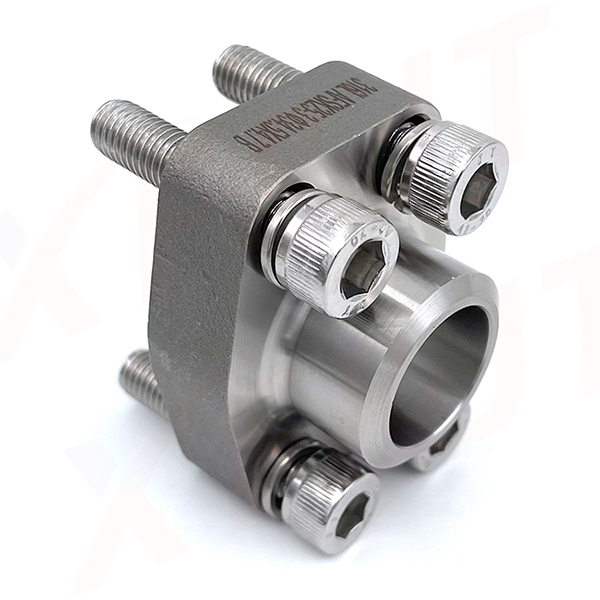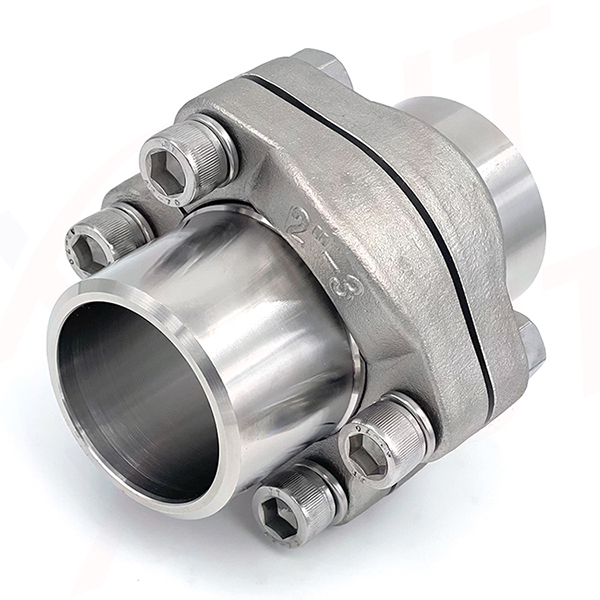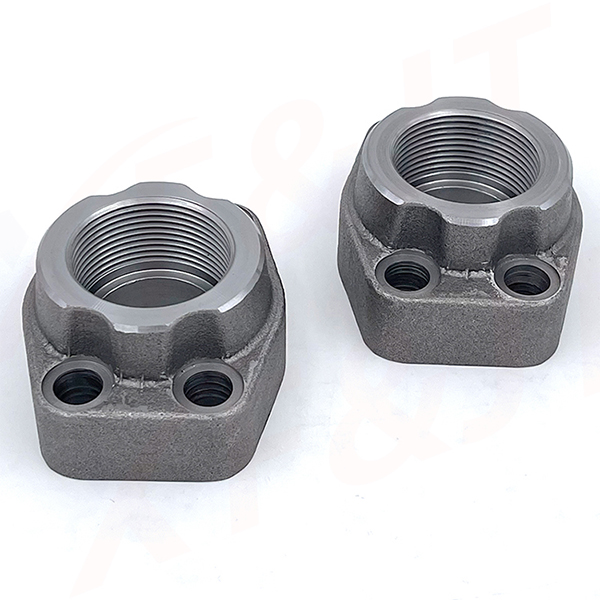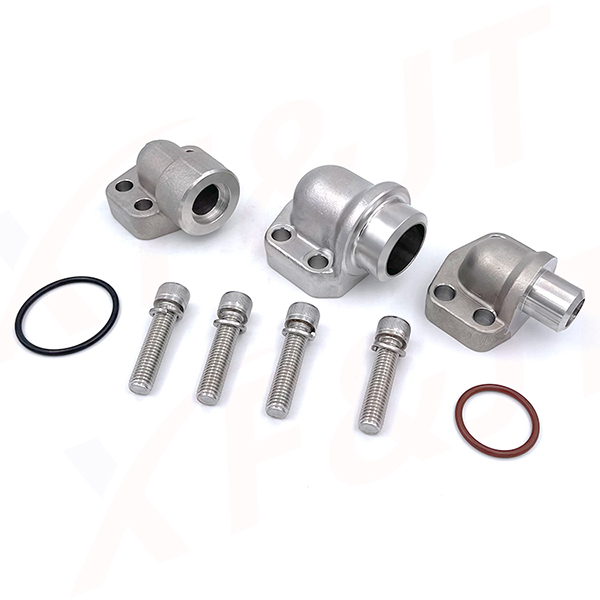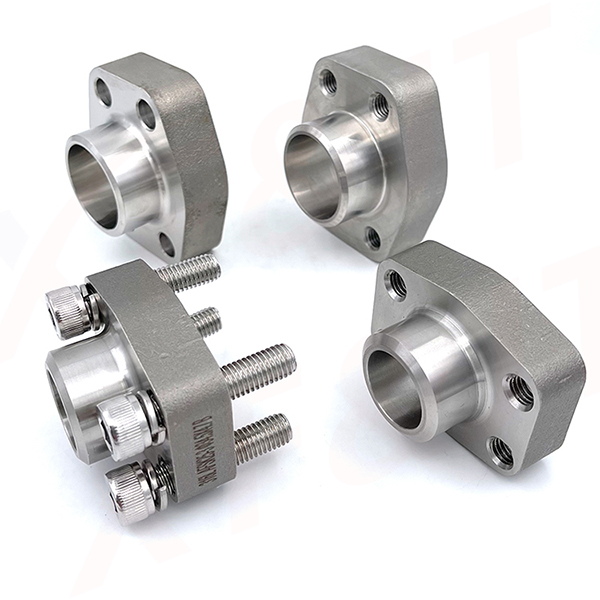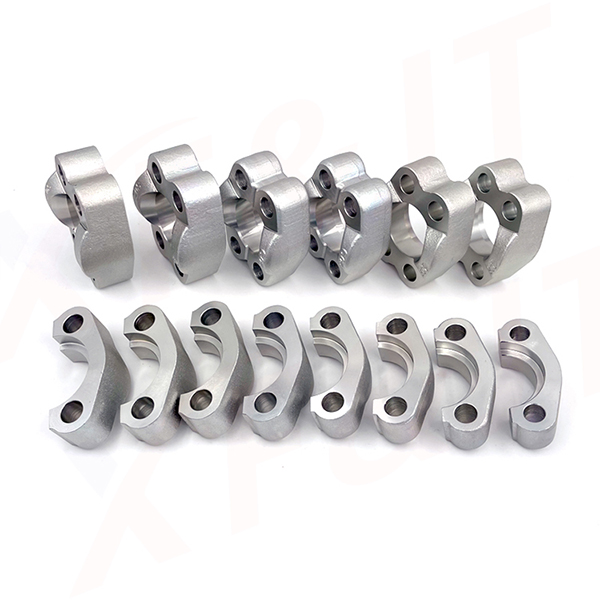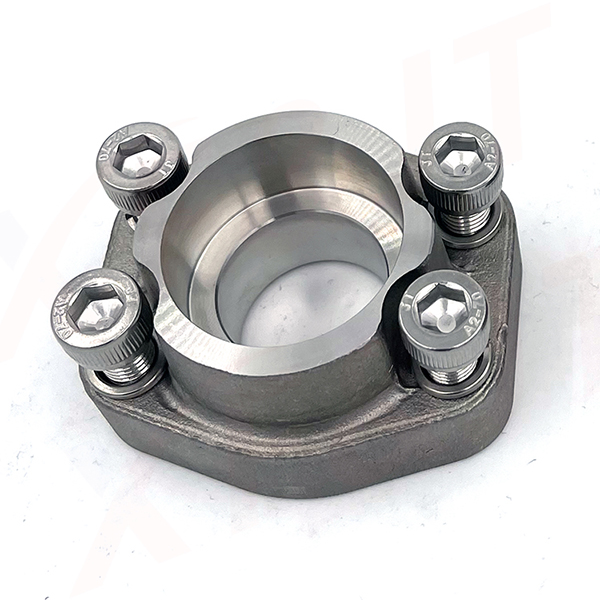According to the structure of SAE flange and its connection with pipe, it is divided into:
Integral SAE flange, threaded SAE flange with neck, butt-welding SAE flange, slip-welding SAE flange with neck, socket-welding SAE flange with neck and SAE flange cover (also known as SAE blind flange).
SAE integral flange refers to the flange at the inlet and outlet of the pump, valve, machine and other mechanical equipment, which is specially used to connect with the flange at the pipe. These inlet and outlet flanges are usually integrated with the mechanical equipment as a part of the equipment. Flanges are usually cast together with equipment, and a few are forged, such as end flanges on forged steel valves.
SAE threaded flange is to process the inner hole of the flange into pipe thread and connect it with the threaded pipe. It is a non-welding flange. Compared with the welding flange, the threaded flange has the characteristics of convenient installation and maintenance, and can be used on some pipelines that are not allowed to be welded on site.
Alloy steel flange has sufficient strength, but it is not easy to weld, or the welding performance is not good, threaded flange can also be selected. However, when the pipeline temperature changes sharply or the temperature is higher than 260 ℃ and lower than – 45 ℃, it is recommended not to use threaded flange to avoid leakage.
SAE butt-welding flange is also called high neck flange. It is different from other flanges in that there is a long and inclined high neck from the welding point of flange and pipe to the flange plate. The wall thickness of this section of high neck gradually transits to the pipe wall thickness along the height direction, which improves the discontinuity of stress and thus increases the flange strength. SAE butt-welding flange is mainly used in occasions with strange working conditions. For example, the flange is subject to large stress or repeated stress changes due to thermal expansion of pipeline or other loads; Pipes with large fluctuations in pressure and temperature or pipes with high temperature, high pressure and low temperature below zero.
Flat welding flange is also called lap welding flange. The connection between the flat welding flange and the pipe is to insert the pipe into the inner hole of the flange to the appropriate position, and then overlap welding. Its advantages are that it is easy to align during welding and assembly, and the price is cheap, so it has been widely used. According to the internal pressure calculation, the strength of the flat welding flange is about one third of the corresponding butt welding flange. Therefore, the slip-on flange is only applicable to the pipeline system with low pressure level and no serious pressure fluctuation, vibration and vibration.
The basic shape of SAE socket welding flange is the same as that of the neck flat welding flange. There is a socket hole on the inner hole of the flange, the pipe is inserted into the socket hole and welded, and a circle of weld is welded on the back of the flange. Because there is a gap between the flange and the pipe, sometimes it is easy to produce corrosion. If another seam is welded inside, this corrosion can be avoided. The fatigue strength of the socket welding flange welded on both sides is 50% greater than that of the flat welding flange, while the static strength change is the same. When using this kind of flange, its inner diameter should be consistent with the inner diameter of the pipe. SAE socket welding flange is only applicable to pipes with nominal diameter less than DN80.
Post time: Jan-30-2023

